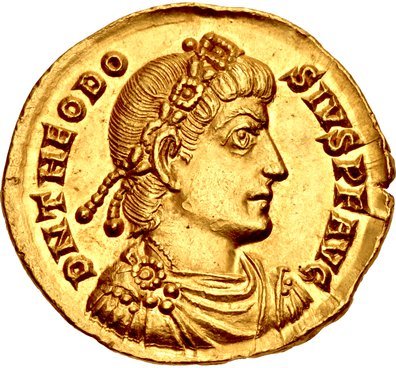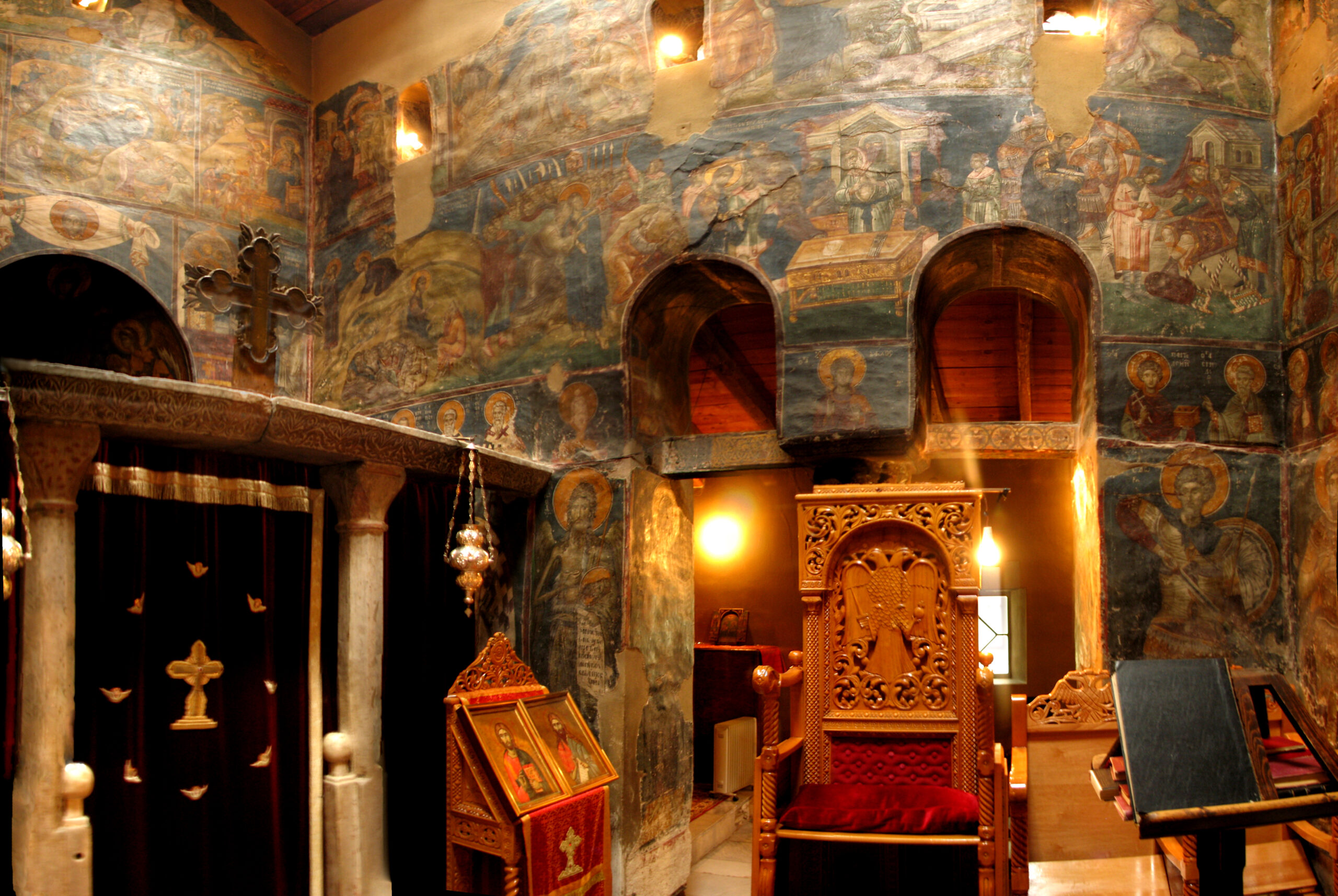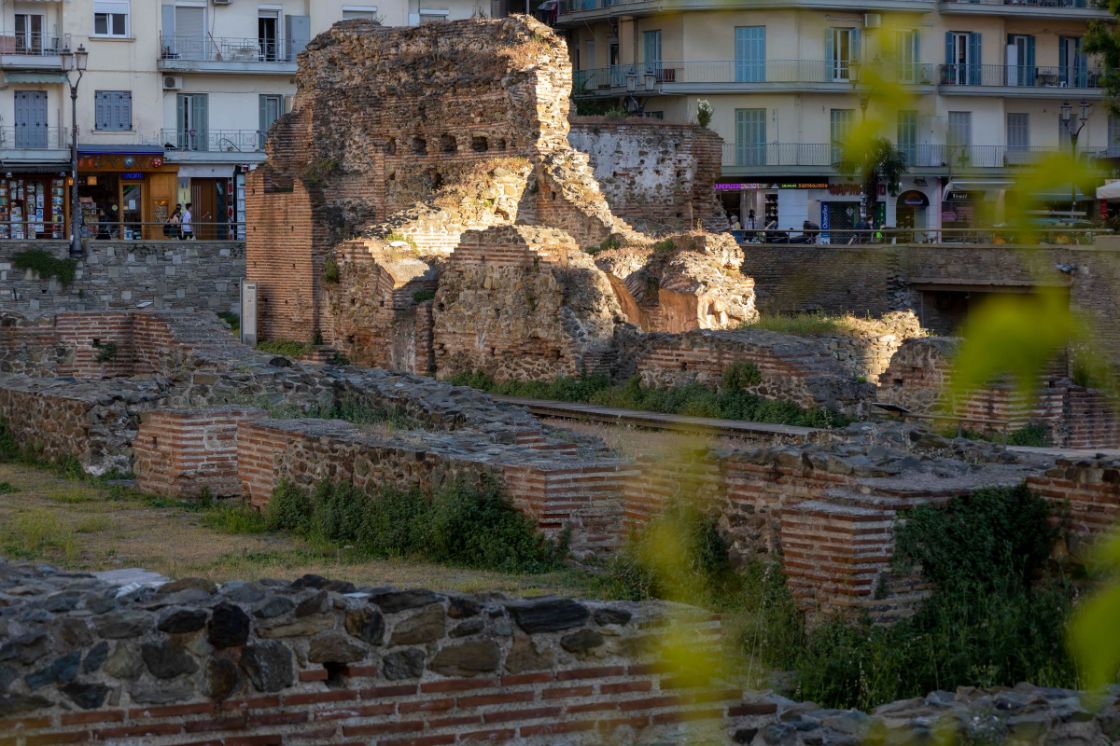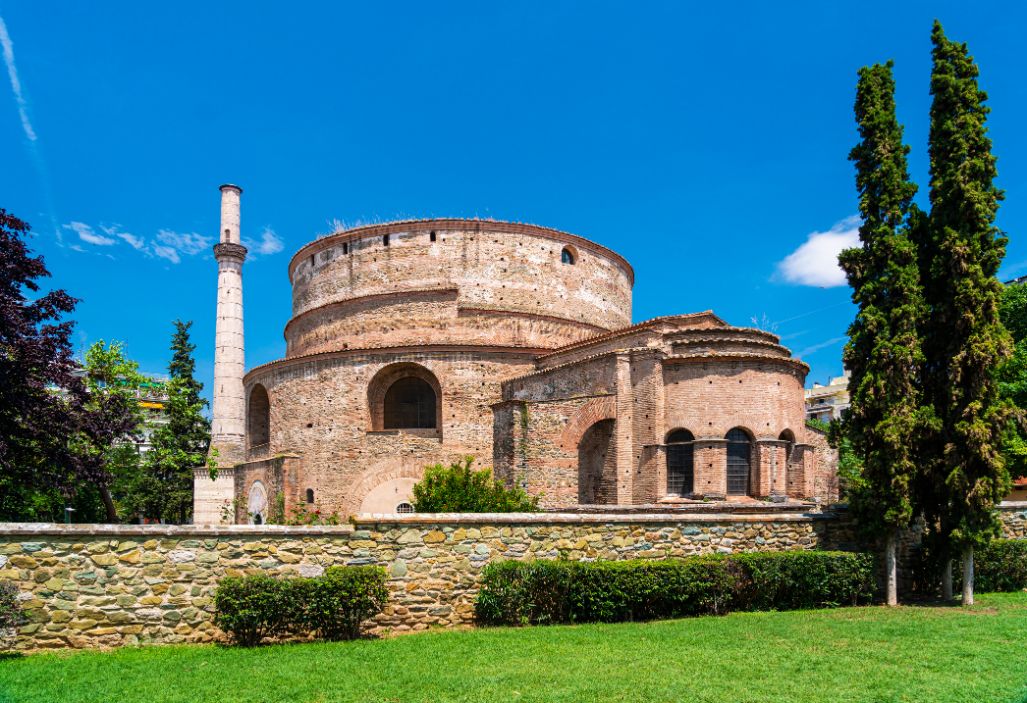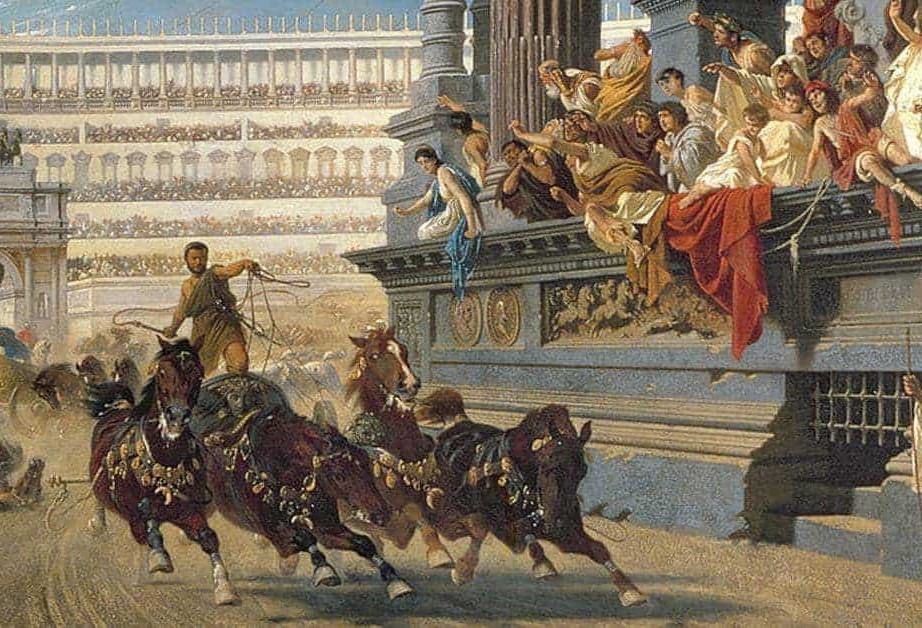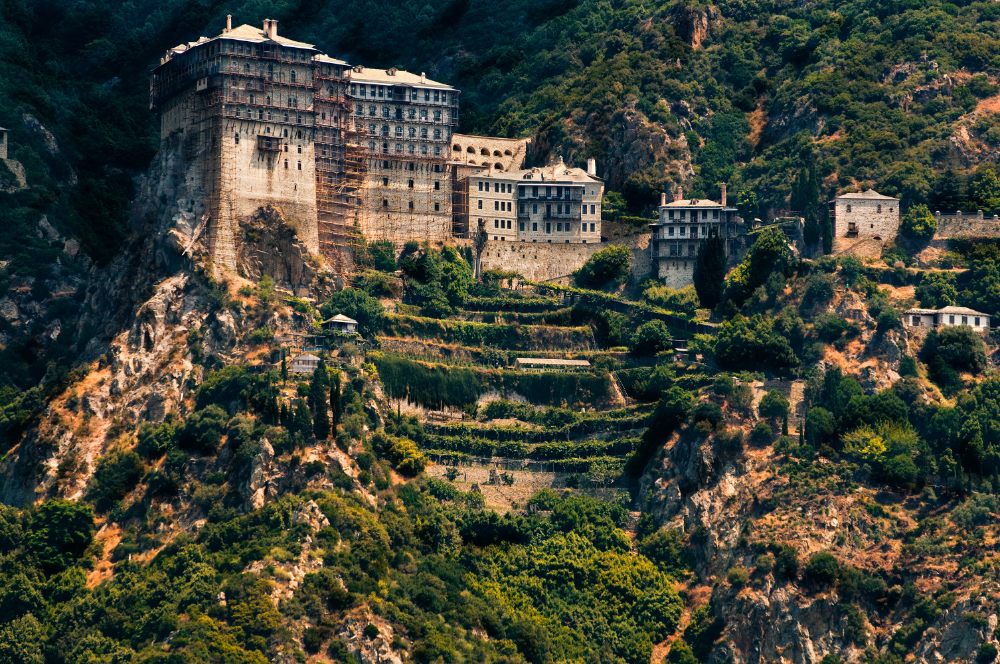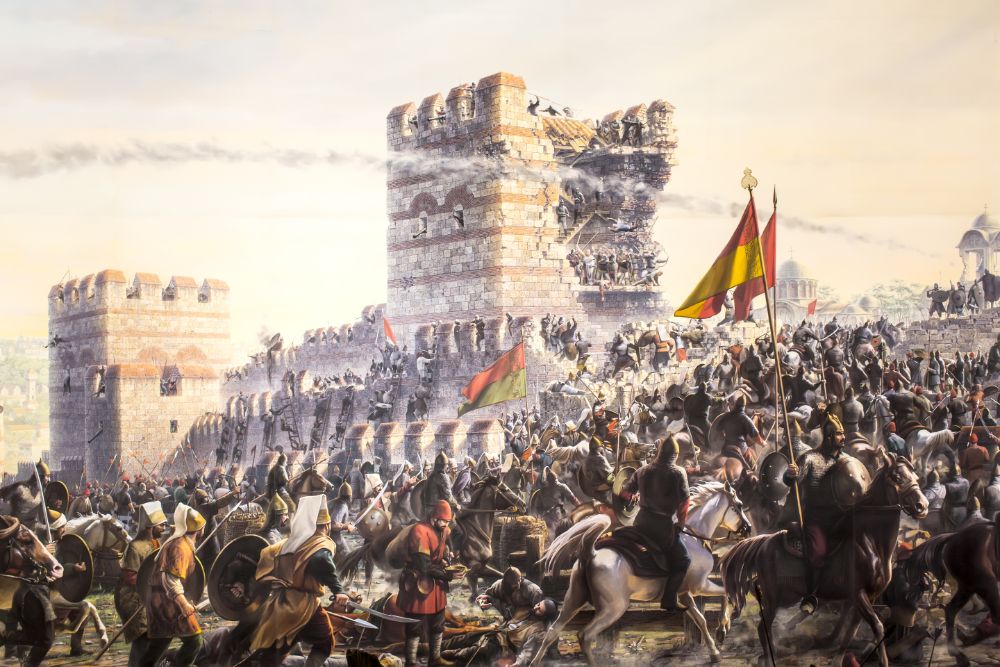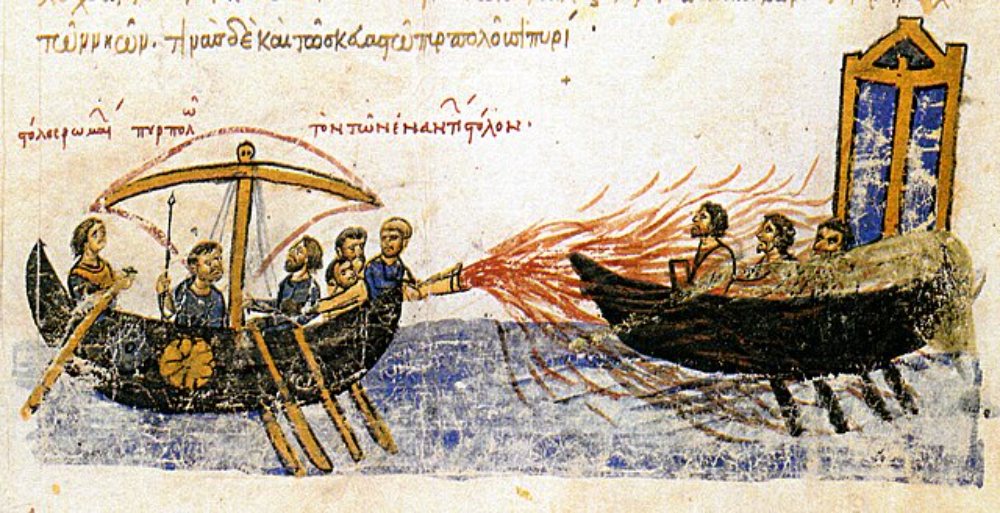Reformer and Visionary of Byzantium
Emperor Justinian I, who reigned from 527 to 565 AD, is one of the most significant figures in Byzantine history. Known for his ambitious efforts to restore the Roman Empire’s former glory, his reign marked a period of extensive territorial expansion and legislative reform. Justinian’s military campaigns, notably those led by his general Belisarius, reclaimed parts of North Africa, Italy, and Spain, temporarily reviving the Roman Empire’s reach.
One of Justinian’s most enduring legacies is the “Corpus Juris Civilis,” or the “Body of Civil Law,” which systematized and codified Roman law. This legal code became the foundation for legal systems in many Western nations and is still referenced in modern jurisprudence.
Justinian also oversaw a flourishing of Byzantine culture, art, and architecture. The construction of the Hagia Sophia, an architectural marvel of its time, symbolizes his commitment to the Christian faith and the aesthetic achievements of the empire. This grand cathedral remains a testament to the architectural innovation of the era.
However, his reign faced significant challenges, including the devastating Plague of Justinian, which drastically reduced the population and weakened the empire. Despite these trials, Justinian’s ambitious vision, legal reforms, and cultural patronage significantly shaped the Byzantine Empire’s history and left a lasting impact on continental civilization. His life and legacy continue to be studied for their implications on law, governance, and cultural development in the medieval world



